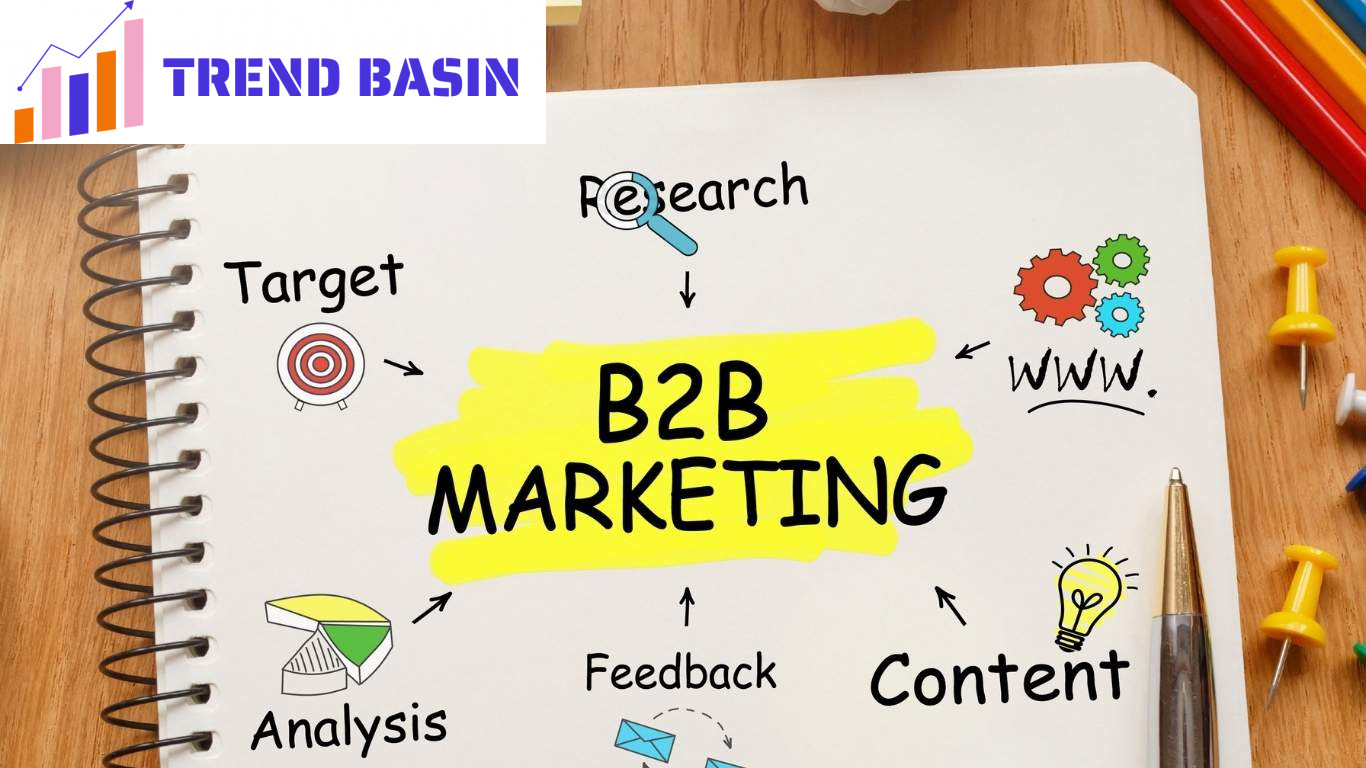Encouraging and Leveraging User-Generated Content: Strategies for Success
Ever wondered how some brands seem to have an endless stream of authentic, engaging content? The secret lies in harnessing the power of user-generated content (UGC).
In this comprehensive guide, we’ll explore how businesses can encourage and leverage UGC to boost brand authenticity, engage customers, and drive marketing success.
What is User-Generated Content?
User-generated content (UGC) refers to any form of content created by consumers or end-users of a product or service. This can include reviews, social media posts, videos, photos, and more. UGC has become a powerful tool in modern marketing strategies, offering brands authentic and relatable content that resonates with their audience.
According to a study by Stackla, 79% of people say UGC highly impacts their purchasing decisions, making it a crucial element in today’s marketing landscape.
Types of UGC
User-generated content comes in various forms. Here’s a comparison table of different UGC types:
| Type of UGC | Pros | Cons |
|---|---|---|
| Customer Reviews | High trust factor, SEO benefits | Can include negative feedback |
| Social Media Posts | Wide reach, easily shareable | Short lifespan, platform-dependent |
| User-Created Videos | Highly engaging, versatile | Time-consuming to produce and curate |
| Photos/Instagram Posts | Visually appealing, authentic | May require moderation |
| Blog Posts/Articles | In-depth content, SEO value | Less common, requires more effort |
Benefits of UGC for Brands
How does UGC boost brand authenticity?
User-generated content provides a level of authenticity that branded content often struggles to achieve. When real customers share their experiences, it creates trust and credibility. In fact, a survey by Tint found that 93% of marketers agree that consumers trust content created by customers more than content created by brands.
What are the engagement benefits of UGC?
UGC naturally encourages interaction. When customers see their content featured by a brand, they’re more likely to engage further. This creates a positive feedback loop, encouraging more customers to participate and share their experiences.
How does UGC impact SEO?
User-generated content can significantly boost your SEO efforts. It provides fresh, relevant content that search engines love. Moreover, UGC often includes natural long-tail keywords that can help improve your search rankings for specific queries.
How to Encourage UGC Creation
What strategies can brands use to inspire UGC?
- Run contests and challenges
- Create branded hashtags
- Offer incentives for reviews and testimonials
- Feature UGC prominently on your website and social media
How can brands make it easy for customers to create UGC?
- Provide clear guidelines and prompts
- Offer user-friendly submission platforms
- Use QR codes to direct customers to submission pages
- Engage with and respond to UGC to encourage more participation
Legal Considerations and Best Practices
What legal issues should brands be aware of when using UGC?
When leveraging user-generated content, it’s crucial to respect intellectual property rights and privacy laws. Always obtain explicit permission before using someone’s content, and make sure your terms of service clearly outline how UGC may be used.
What are some best practices for UGC usage?
- Always credit the original creator
- Establish clear community guidelines
- Moderate content to ensure it aligns with your brand values
- Be transparent about how UGC will be used
Tools and Platforms for Managing UGC
What tools can help brands manage and showcase UGC?
Several platforms can help you collect, manage, and display user-generated content:
- Yotpo: Great for collecting and displaying customer reviews
- Stackla: AI-powered UGC curation and rights management
- Later: Helps schedule and manage Instagram UGC
- Taggbox: Aggregates UGC from multiple platforms
Measuring UGC Impact
How can brands measure the effectiveness of their UGC strategies?
To gauge the impact of your UGC efforts, consider tracking these metrics:
- Engagement rates on UGC posts
- Conversion rates from UGC-driven campaigns
- Brand sentiment before and after UGC initiatives
- Volume of UGC created over time
- SEO improvements related to UGC
Overcoming UGC Challenges
What are common challenges in UGC strategies?
- Ensuring content quality and relevance
- Managing negative or inappropriate content
- Maintaining consistent brand messaging
- Scaling UGC efforts as the brand grows
How can brands address these challenges?
- Implement robust content moderation processes
- Provide clear guidelines for UGC creators
- Use AI tools to help filter and curate content
- Regularly review and adjust your UGC strategy
Future Trends in UGC Marketing
What’s next for UGC?
As we look to the future, several trends are shaping the UGC landscape:
- Increased use of AI for UGC curation and analysis
- Growth of video-based UGC, especially short-form content
- Integration of augmented reality (AR) in UGC experiences
- Greater emphasis on micro-influencers and niche communities
Running a Successful UGC Campaign
Step-by-Step Guide to Launching a UGC Campaign
- Define your campaign goals and KPIs
- Choose the right type of UGC for your brand
- Create a compelling campaign theme or hashtag
- Develop clear submission guidelines
- Promote your campaign across multiple channels
- Engage with participants and share top submissions
- Measure results and gather insights for future campaigns
FAQ
Is UGC really more effective than branded content?
Yes, studies consistently show that consumers trust UGC more than branded content. According to Nielsen, 92% of consumers trust organic, user-generated content more than they trust traditional advertising.
How can small businesses encourage UGC with limited resources?
Small businesses can start by:
- Engaging actively with their social media followers
- Running simple photo contests
- Encouraging customers to leave reviews
- Featuring customer stories on their website or social media
What legal risks should I be aware of when using UGC?
The main legal considerations include:
- Copyright infringement
- Privacy violations
- Misrepresentation of endorsements Always obtain clear permission and provide transparent terms of use for UGC.
How can I measure the ROI of my UGC efforts?
Track metrics such as:
- Engagement rates on UGC vs. branded content
- Conversion rates from UGC-driven campaigns
- Customer acquisition cost for UGC-influenced sales
- Brand sentiment and loyalty metrics
Real-World Examples
Case Study 1: Singtel’s #HungryForMoreData Campaign
Singtel, a leading Singaporean telecommunications company, launched a UGC campaign called #HungryForMoreData. They encouraged customers to share creative photos or videos showing why they needed more mobile data. The campaign generated thousands of submissions and significantly increased engagement on Singtel’s social media platforms.
Case Study 2: Grab’s #GrabDurian Challenge
Ride-hailing app Grab leveraged Singapore’s love for durians with their #GrabDurian challenge. Users were encouraged to share creative durian-themed content for a chance to win Grab vouchers. The campaign went viral, generating massive UGC and boosting brand awareness during durian season.
Case Study 3: Tiger Beer’s #UncageStreetFood Initiative
Tiger Beer launched a campaign to support local street food vendors during the COVID-19 pandemic. They encouraged customers to share photos of their favourite street food stalls using #UncageStreetFood. For every post, Tiger Beer pledged to contribute to a support fund for these vendors. This campaign not only generated substantial UGC but also positioned the brand as socially responsible.
Conclusion
User-generated content has become an indispensable tool in modern marketing strategies. By encouraging and leveraging UGC, brands can boost authenticity, engage customers more effectively, and drive meaningful results. As we’ve explored in this guide, successful UGC strategies require careful planning, execution, and measurement.
Now it’s your turn to harness the power of UGC. Start by identifying opportunities within your brand to encourage customer content creation. Whether it’s through contests, hashtag campaigns, or simply by showcasing customer stories, there’s a UGC strategy that can work for your business.
Remember, the key to successful UGC lies in authenticity and engagement. By valuing and amplifying your customers’ voices, you’re not just creating content – you’re building a community around your brand.
Ready to transform your marketing with user-generated content? Take the first step today by implementing one of the strategies we’ve discussed. Your customers are waiting to share their stories – are you ready to listen and amplify?



